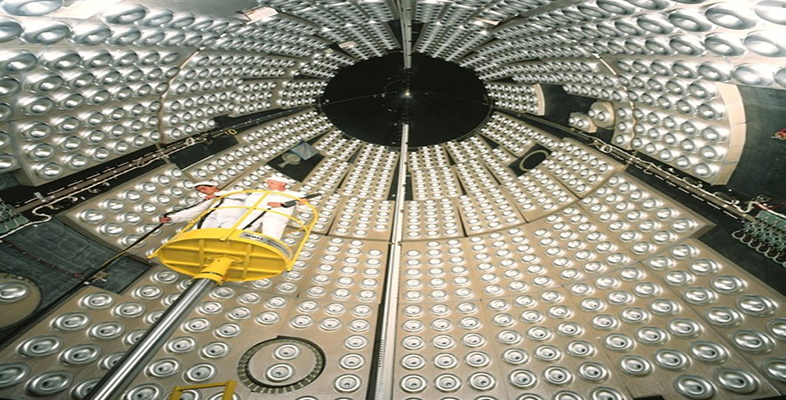7.1 Technological innovation and economic growth
It is frequently argued that the pace of technological change is increasing. For example, one well-known ‘futurologist’, Ray Kurzweil, has long argued that technology is not only developing exponentially (at least, as measured by some indicators of technological performance, most notably including the growth of computer processing speed) but that the rate of change itself is also changing exponentially (Kurzweil, 2001). So, not only is the pace of change accelerating, but the rate at which it is accelerating is also increasing. He argues that we are approaching the ‘singularity’ – the point at which the technology we make will itself have become more ‘intelligent’ than humans and hence be able to innovate (or invent) even more rapidly.
Although Kurzweil’s argument might be among the more extreme claims made about the inevitability of technological change, he is certainly not alone. The UK government, for example, argues more modestly, but in a similar vein:
A large body of evidence shows that innovative economies are more productive and faster growing. They deliver higher returns on investment and increased living standards. They are better at responding to changing circumstances through redeploying old activities and jobs. They are more able to find solutions to global challenges such as reducing dependence on fossil fuels, helping people live longer and healthier lives.
Others, though probably in a minority, are more sceptical and challenge such views (e.g. Cowen, 2011). US economist Robert Gordon, in a thought-provoking Working Paper for the US National Bureau of Economic Research (Gordon, 2012), has argued that the past 250 years of economic growth may prove to have been an aberration in human history. He looks specifically at the US economy (which has over recent decades been the global powerhouse of innovation and economic growth), and notes that many of the benchmark inventions and subsequent innovations of this period are ‘once only’. For example, the spread of suburbs as a result of improved cars, roads and public/mass transit systems can only happen once in a place, though it may still occur elsewhere in the world. Similarly central heating and air conditioning which control interior building temperatures can only be diffused once. Roberts contradicts Kurzweil’s claims about the increasing pace of technological change, using the example of the speed of mass travel. This increased from around 5 km/h (3 mph) with the horse-drawn omnibus in 1860, through the train and the car, to around 800 km/h (500 mph) with the advent of the Boeing 707 in 1958.
Speed has not only not increased since then, but actually decreased as airlines seek to reduce fuel consumption. Europeans might point to the troubled history of Anglo-French supersonic airliner Concorde, which had a maximum speed of 2140 km/h. It made its first commercial flight in 1976 before being removed from service in 2003 for a range of economic, safety and technological reasons. Arguably, Concorde never provided mass transport (only 20 were built, each capable of carrying around 100 passengers) and only serves to emphasise Gordon’s argument. The main thrust of Gordon’s paper is that economic growth due to innovation may consequently be lower in the future than it has been historically, and is unlikely to be enough to overcome a range of other systemic problems in the USA to maintain growth at historic trend levels, even assuming away the particular problems of the global crisis which began in 2008.
